Fluid & Heat Blog Posts
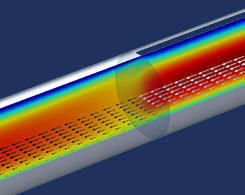
Analyze Thin Structures Using Up and Down Operators
Modeling complex geometries with thin structures can be very costly in terms of computational effort. Up and down operators are a way to efficiently and accurately compute these models.
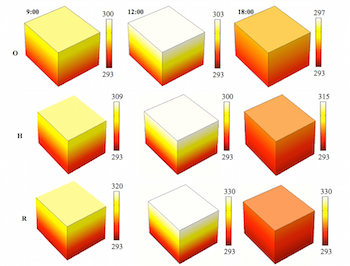
Analyze Solar Food Dryer Designs with Heat Transfer Modeling
You can use heat transfer simulation to analyze solar food dryer designs and identify optimal building materials, including phase-change materials, which conserve the solar heat.

Studying the Swimming Patterns of Fish with Simulation
Researchers from the Università Roma Tre used simulation to study the carangiform swimming pattern of certain fish, the dynamics of which can be used to design aquatic vehicles and robots.
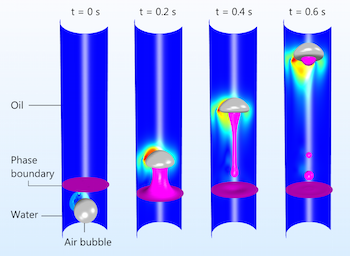
Simulate Three-Phase Flow with a New Phase Field Interface
The Three-Phase Flow, Phase Field interface, used for modeling separated three-phase flow, computes the shape of the interfaces between the 3 phases and accounts for interactions with walls.

Analyzing a Novel Pin Fin Microchannel Design with Simulation
Researchers at the Rensselaer Polytechnic Institute and the University of Central Florida created a novel pin fin design and analyzed its heat transfer efficiency with COMSOL Multiphysics®.
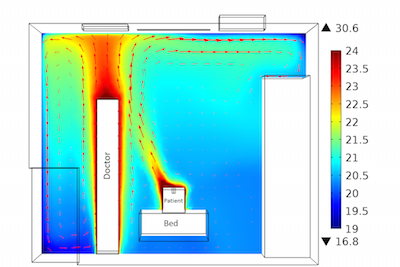
Preventing Airborne Infection with CFD Modeling
Healthcare-associated infections affect millions of people around the globe. Airborne bacteria is one cause of patient infections that can be prevented with efficient ventilation system designs.
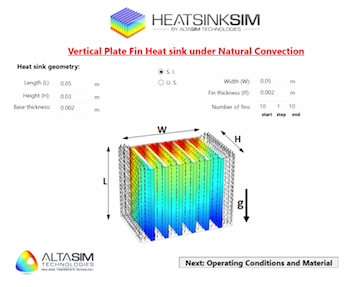
AltaSim Designs and Deploys Apps to Spread Simulation Power
At the COMSOL Conference 2015 Boston, Jeff Crompton from AltaSim Technologies spoke about building, sharing, and deploying simulation apps — and what this means for the future of simulation.
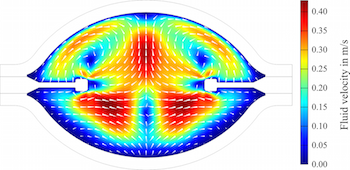
Analyzing Forced Duffing Oscillations in Metal-Halide Lamps
2 independent researchers share insight into how they are optimizing the performance of metal-halide lamps using multiphysics simulation. Read the full story here >>
